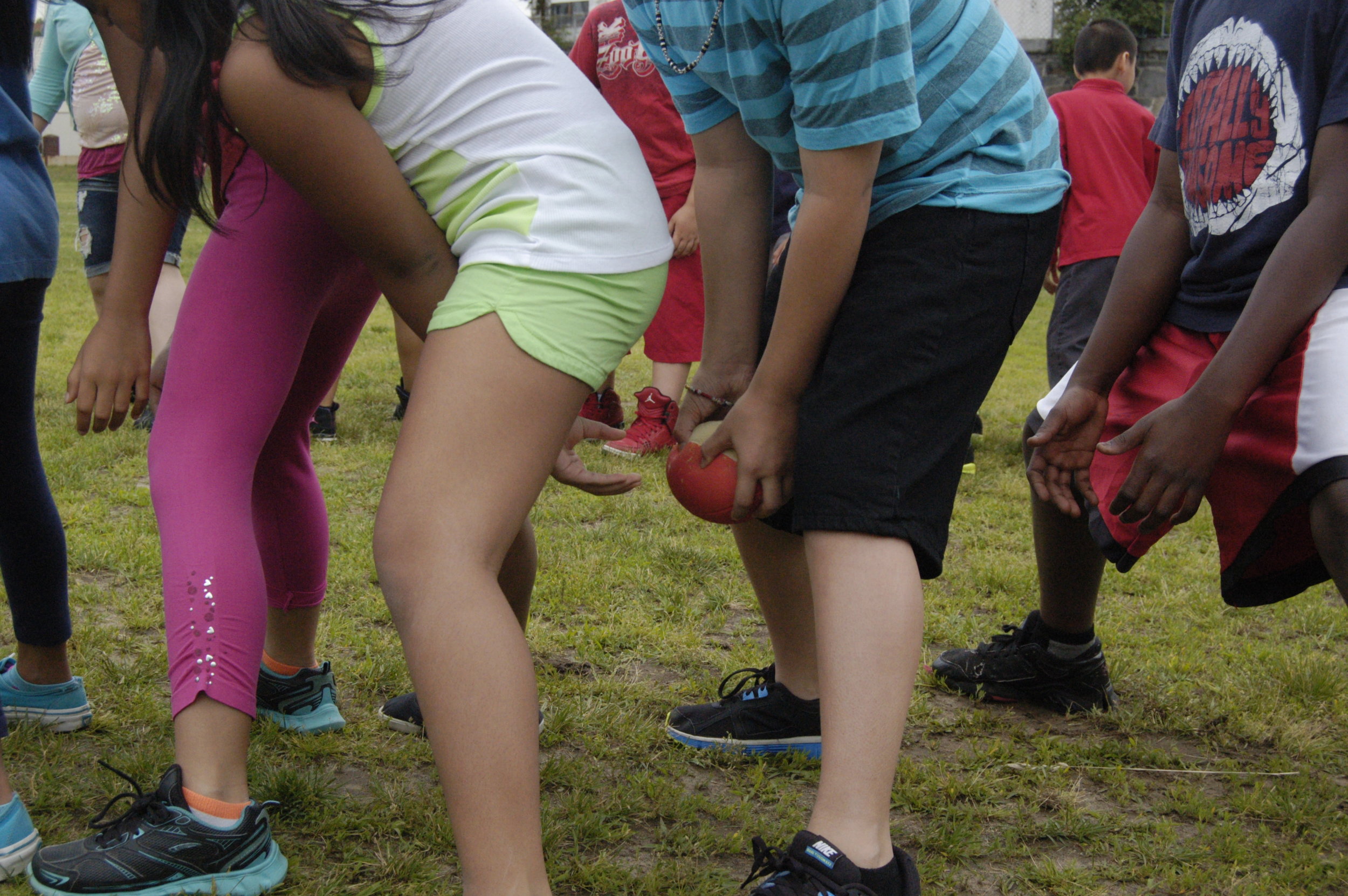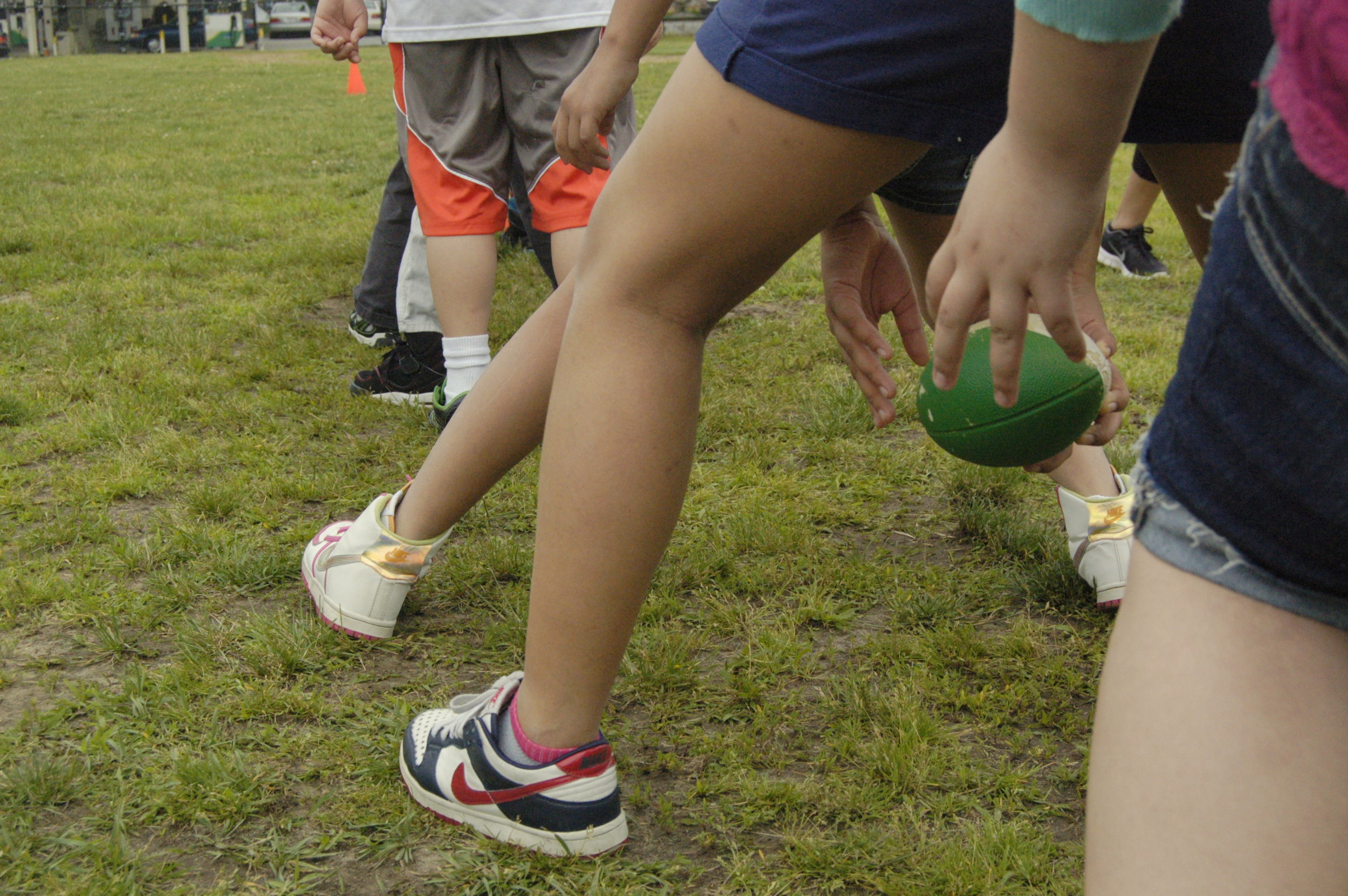Still Ignoring the Evidence
 Play - real, unstructured brain break time - is as important to a child's learning as academic time.So why are school leaders and decision-makers so reluctant to let go and allow more recess? I cringe whenever I hear a school leader lecture that there isn't enough time in a school day to increase play or unstructured time. Two reasons come to mind:
Play - real, unstructured brain break time - is as important to a child's learning as academic time.So why are school leaders and decision-makers so reluctant to let go and allow more recess? I cringe whenever I hear a school leader lecture that there isn't enough time in a school day to increase play or unstructured time. Two reasons come to mind:
- Quantity not quality - somehow the misguided idea that number of minutes and time-on-task are larger concerns than actual learning,
- Test preparation is driving the construction of a school day.
Quantity not quality assumes that a student can maintain peak brain function and learn every second of a lesson. Ken Wesson tells us that students can attend to a lesson launch for approximately the same number of minutes as that child's age. Here is a link to an article I posted some time ago outlining this thought as it applies to a classroom. If we are serious about optimizing student learning and making sure academic time is effective, we should know how the brain functions. What is the point of just yammering for 60 minutes when a 10 year old brain turned off 40 minutes ago?I often hear - and truth be told, sometimes would say - that school days are packed. At one point when I taught 4th Grade, there were more minutes of instruction required within the day than there were minutes in the entire school day. And in this day and age, there is test preparation, which has to come from somewhere. Just exactly how much time gets expended to prepare students for those high-stakes tests like PARCC or Smarter Balance?Nancy Carlsson-Paige, Professor of Education at Lesley University advocates for younger students to have more time for play and unstructured learning time as does K-12 writer Caralee Adams in the article "Recess Makes Kids Smarter". Students are routinely asked not only to sit, but sit still for inordinate amounts of time when they developmentally are not ready to do so. Could misguided school policies requiring students to be on-task for long periods of time be driving the bulk of students perceived to have ADD or ADHD? Brain research makes me wonder.For more about the importance of recess, free play, and unstructured time, the New York Times Parent Blog posted an article titled "Students Who Lose Recess Are The Ones Who Need It Most". This article takes the importance of unstructured time a step further by advocating that taking away recess as a means of punishment for out of compliant behavior or for missing homework is counter-productive. Losing recess may be a major factor in loss of self-control or executive function.Our kids need to move, they need less chair time for their physical health and for their brains for function. Why do we continue to ignore brain researchers? To quote Ken Wesson, "If your job is to develop the mind, shouldn't you know how the brain works?"
 I would add, and if your job is to develop the curriculum or make an assessment of that young mind, you also need to know how the brain works.The brain science, based on the work of Dr. Wesson, tells us that a child's sustained attention can be predicted fairly accurately.
I would add, and if your job is to develop the curriculum or make an assessment of that young mind, you also need to know how the brain works.The brain science, based on the work of Dr. Wesson, tells us that a child's sustained attention can be predicted fairly accurately.
 Nancy Carlsson-Paige, Lesley University Professor Emerita, recently stated the following during an acceptance speech for the Deborah Meier award. Dr. Carlsson-Paige cites a statistic from the DOE Department of Civil Rights which reports that 8,000 Preschool students (!) were suspended at least once in a school year.
Nancy Carlsson-Paige, Lesley University Professor Emerita, recently stated the following during an acceptance speech for the Deborah Meier award. Dr. Carlsson-Paige cites a statistic from the DOE Department of Civil Rights which reports that 8,000 Preschool students (!) were suspended at least once in a school year.